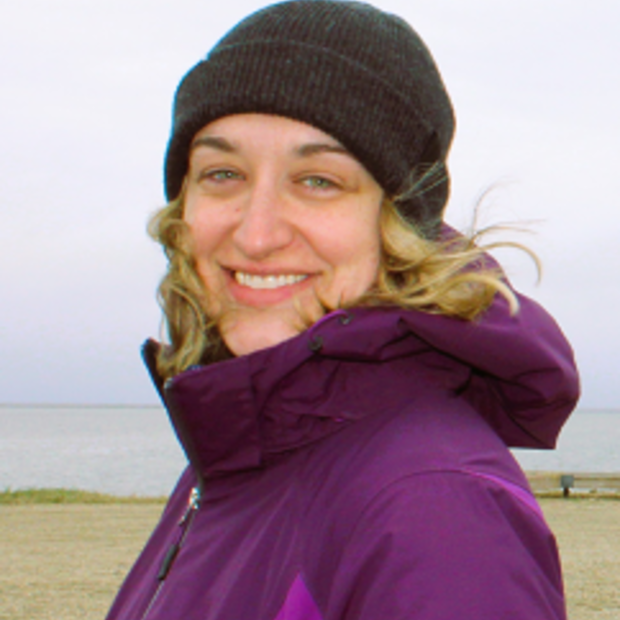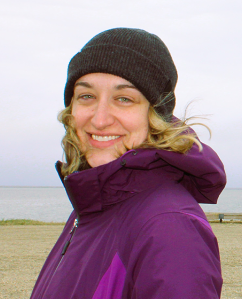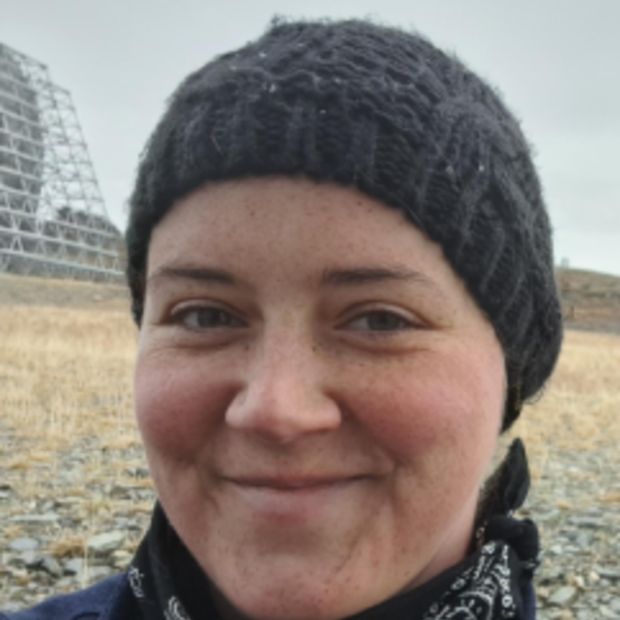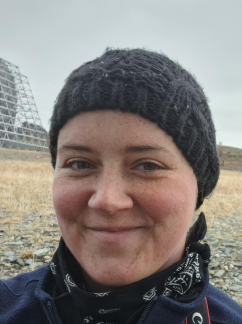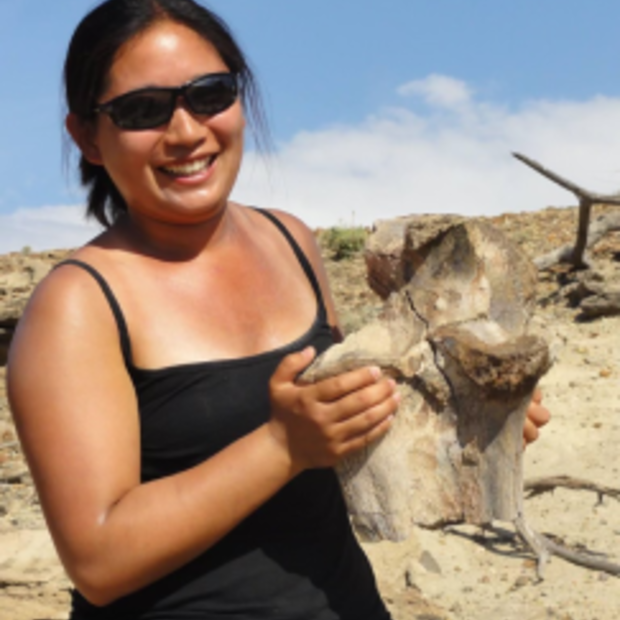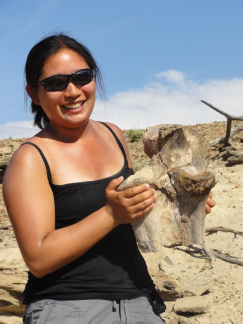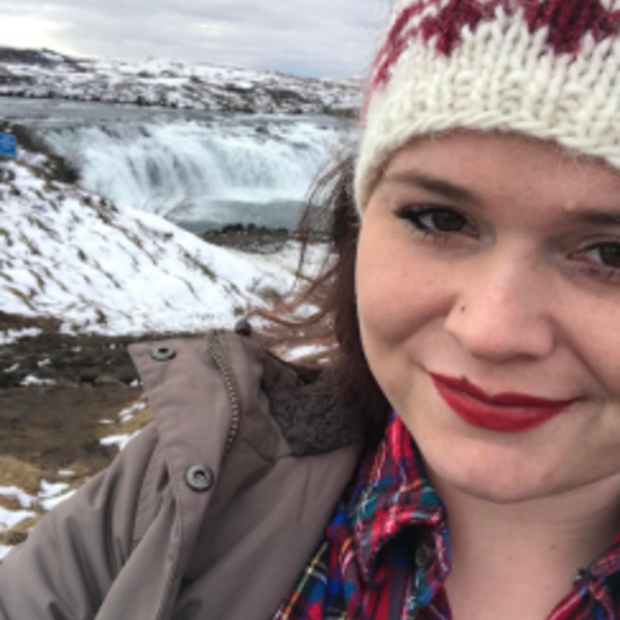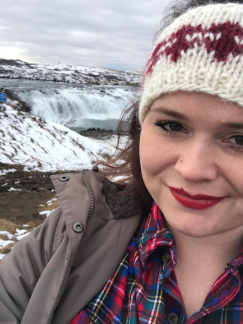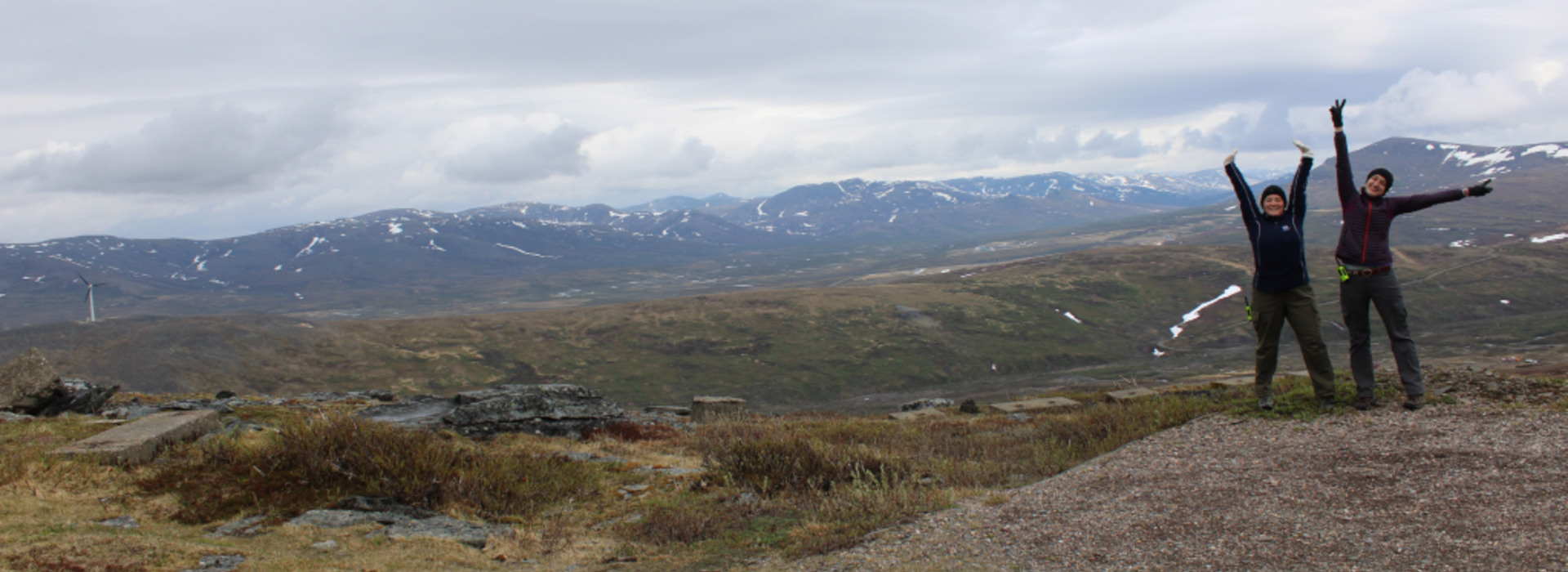
Dr. Zachwieja Lab Page
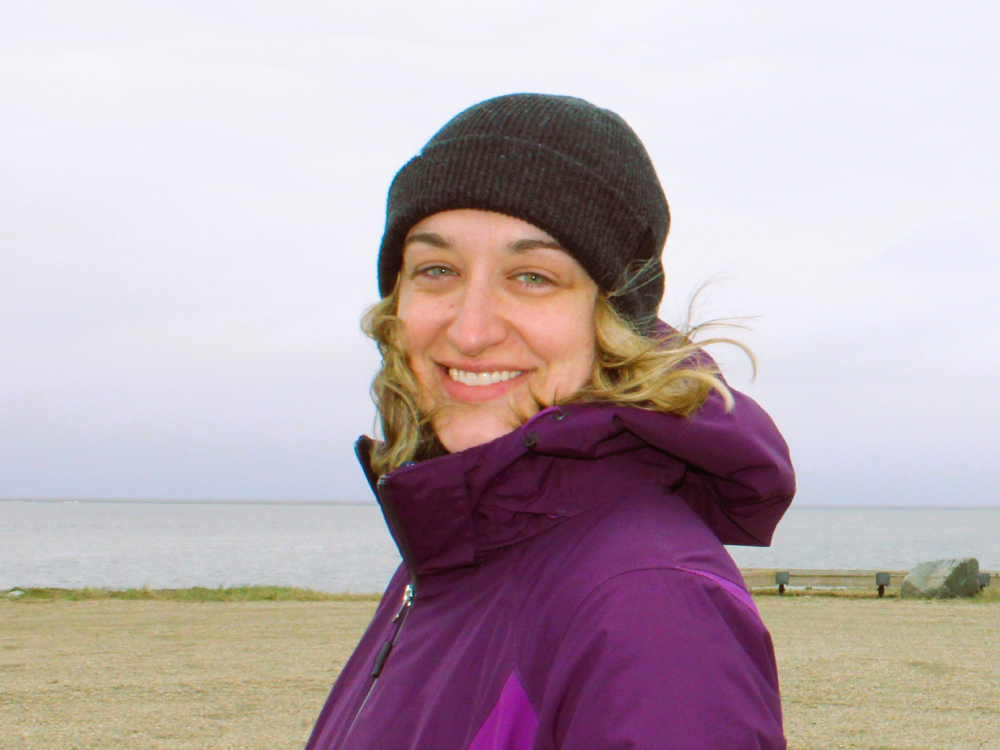
Overall Goal
The focus of our laboratory is social-environmental systems research (SES). SES is defined as a system of complex feedback loops between biophysical features and human utilization of those features which ultimately changes the landscape (Alessa et. al., 2008). Our lab interprets this work as ways of understanding how the environment and broad scale climate change affects people, and how people in turn, affect their environment. Specifically, we seek to understand this by identifying affect variables of interest (human dispersal, health, environmental cleanliness, access) and use climate data, satellite data, and ground-survey to model the effects of past or present climate change on human populations. We work on large timescales and a broad range of questions – from “When did humans first disperse to Australia, and why?” to “How might this specific environmental clean-up site affect our local community under future climate change projections for the year 2100?” We seek to center multiple forms of data in our analyses, including open-source climate data, community-led questions and data, historical and archival primary source data, and remote sensing data to create holistic and multidisciplinary climate change research.
Research Projects
- Alaska Social Environmental Systems Project (AkSES)
- Southeast Asian Human Evolution and Dispersal
- People
- Publications
This project seeks to understand how ongoing climate change will affect rural communities in Alaska under various Representative Controlled Pathway models (RCPs) representing the future of carbon emissions. We model how thawing permafrost increases risks for communities from environmental hazards, infrastructure damage, and thawing historical cemeteries from past epidemics using GIS, remote sensing methodologies, and multivariate statistics. This project prioritizes multiple forms of data use including public climate data and climate projections, archival and historical primary source data, as well as community created data. This project is currently recruiting research assistants to help with data entry and GIS work. If you are interested please contact Dr. Zachwieja. To find out more about the project: https://arcg.is/jru1v
This project focuses on understanding the relationships of human evolutionary anatomy, paleoecology, and human dispersal patterns in Southeast Asia during the past 80,000 years. Specifically, I investigate how past climate change and competition for resources may have influenced human dispersal pathways in Southeast Asia. I use paleoclimate niche modeling and GIS with the goal of increasing the success of traditional fossil survey methods. I am a National Geographic Explorer for this research and, since 2014, a member of an international team of researchers doing human origins excavations in the Lao PDR in concert with the Lao Ministry of Heritage, Culture, and Tourism, the University of Illinois at Urbana-Champaign, the French National Centre for Scientific Research (CNRS), and the Musée de l’Homme, Paris.
For a full list of Dr. Zachwieja publications, click here.
2023
Palaeoenvironments and hominin evolutionary dynamics in southeast Asia
AM Bacon, N Bourgon, E Dufour, F Demeter, C Zanolli, KE Westaway, ...
Scientific Reports 13 (1), 16165
Early presence of Homo sapiens in Southeast Asia by 86–68 kyr at Tam Pà Ling, Northern Laos
SE Freidline, KE Westaway, R Joannes-Boyau, P Duringer, JL Ponche, ...
Nature Communications 14 (1), 3193
Early presence of Homo sapiens by 86-68 kyrs in Southeast Asia at Tam Pà Ling cave, Northern Laos
S Freidline, K Westaway, R Joannes-Boyau, P Duringer, JL Ponche, ...
Research Square-Preprint
Early presence of Homo sapiens in Southeast Asia by 86–68 kyr at Tam Pà Ling, Northern Laos
R Joannes-Boyau, P Duringer, JL Ponche, H Mccoll, C Zanolli, P Gunz, ...
Nature communications 14 (1)
A Middle Pleistocene Denisovan molar from the Annamite chain of northern Laos
F Demeter, C Zanolli, KE Westaway, R Joannes-Boyau, P Duringer, ...
Nature communications 13 (1), 2557
2022
Geographically diverse canid sampling provides novel insights into pre-industrial microbiomes
K Yarlagadda, AJ Zachwieja, A De Flamingh, T Phungviwatnikul, ...
Proceedings of the Royal Society B 289 (1974), 20220052
Clinical and embryological relevance of a unique thyroidea ima artery variation providing collateral circulation to the mediastinum
AJ Zachwieja, T Benedict, T Ach, R Michaels
The FASEB Journal 36
If you are interested in collaborating with us on one of these projects, or becoming a research assistant, please contact the Lab PI, Dr. Alexandra Zachwieja at zachw001@d.umn.edu or stop by SMED205 School of Medicine.
Do you have community data you would like to submit for the AkSES project?
We are looking for evidence of climate change affecting community infrastructure in Alaska.
Report Environmental and Infrastructure Concerns to the DRP project
Go to: https://arcg.is/1CL8zO0
Or scan the QR code below to get the Quick Capture app.
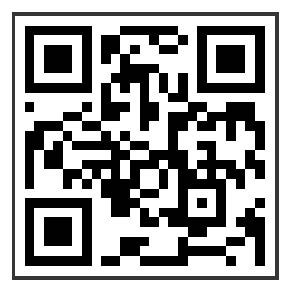
Download the app, continue without signing in and add the project via the QR code. Then report the hazard by category in “Community Reported Data”. Don’t worry if there isn’t any WiFi or cell signal, you can send the data when you are back within range. You do not need an ArcGIS or Quick Capture account to submit data to us!
Find out more about the specific goals of the DRP project here: https://arcg.is/jru1v
Do you have photographic evidence of climate change affecting your community where you live in MN, or beyond? Feel free to submit it to our broader database of climate change data for future projects and collaborations.
This site is in progress and will be updated soon! Check back in with us!
